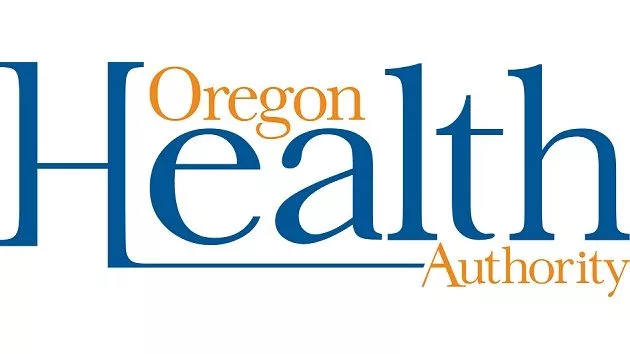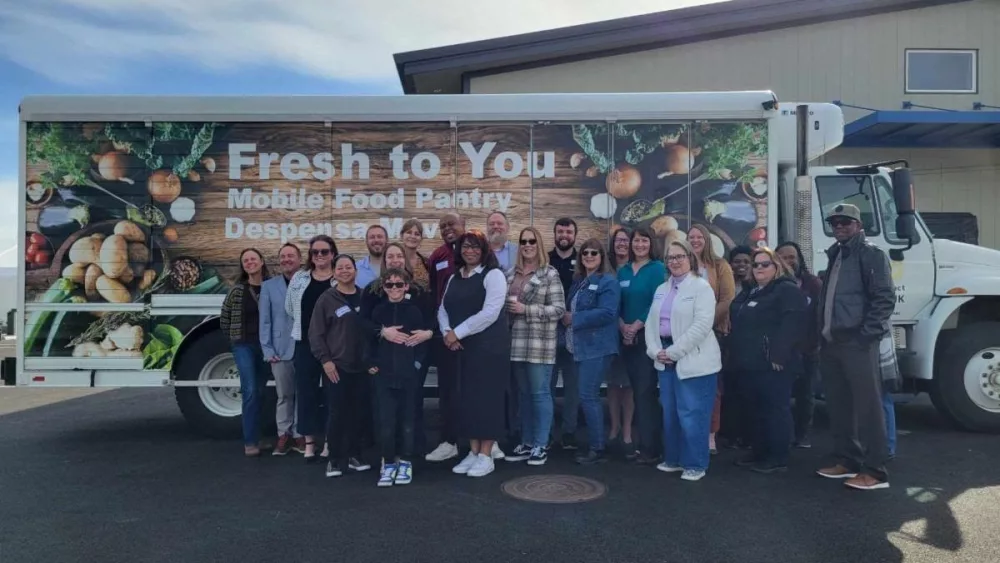Oregon Health Authority is making steady progress in reducing harmful effects of tobacco use through education and community partnerships, according to a new report.
The 2023-25 Tobacco Prevention and Education Program (TPEP) annual report shows gains have been made in lowering tobacco use over more than a quarter century, through ongoing initiatives aimed at promoting public health.
However, tobacco use remains the leading cause of preventable death in Oregon, claiming more than 8,000 lives each year and contributing to chronic diseases such as cancer, heart disease and diabetes.
“Our commitment to reducing tobacco use is unwavering,” said Naomi Adeline-Biggs, director of the OHA Public Health Division. “Through the Tobacco Prevention and Education Program, we have made significant strides in protecting the health of Oregonians, and we will continue to build on this legacy.”
The report shows that the tobacco industry “focuses its ads, offers and store displays toward specific groups.”
For example, about one in five people targeted in this strategy have household incomes of less than $20,000 per year. An identical percentage of targeted tobacco users report being in poor mental health.
Widespread evidence shows that tobacco marketing causes youth tobacco use and makes it harder for people who are addicted to nicotine to quit.
Another marketing strategy involves the addition of menthol – a flavor additive in cigarettes — that creates a cooling sensation in the throat when the user inhales, making cigarettes feel less harsh, more appealing and easier to smoke, especially for youth and young adults. Tobacco companies manufacture menthol cigarettes to attract potential smokers, especially among communities of color and youth.
Menthol cigarettes contribute to greater nicotine dependence in youth and young adults than non-menthol cigarettes. About 61% of African Americans in Oregon who smoke report using menthol cigarettes, compared to 17% of White residents.
The tobacco industry has been marketing menthol products to African Americans through targeted campaigns since the 1970s. They advertise and promote menthol-flavored tobacco in African American neighborhoods and use campaigns that exploit cultural hallmarks and stereotypes.
For example, Newport, a menthol-flavored cigarette brand, is commonly cheaper to buy in areas with more African American residents.
Youth and teenagers are especially attracted to the flavored products. Roughly 75% of eighth graders and 11th graders who use these tobacco products report using flavored tobacco or vaping products.
Other report findings include:
- Sustained reduction in tobacco use—Oregon has experienced a 46% decrease in adult smoking rates and a 70% reduction in per-capita cigarette sales since TPEP’s inception in 1996.
- Community-centered solutions—TPEP has focused on addressing health inequities by investing more than 65% of its funding directly into local communities, supporting culturally relevant prevention and cessation programs.
- Youth-focused initiatives—The program has implemented strategies to reduce youth tobacco use, including anti-vaping education, mentorship programs and alternatives to suspension for nicotine use.
In 2021, the Oregon Legislature created the Tobacco Retail License Program to ensure compliance with sales laws. Since its inception, youth tobacco use has dropped from 26% in 2022 to 14% in 2024.
This video shows how Youth Adult Inspectors with OHA’s Tobacco Retail Licensing Program are getting involved in reducing retail sales to minors.
OHA’s Tobacco Prevention and Education Program has further implemented initiatives that have significantly decreased tobacco use among Oregonians.
This latest report underscores the program’s achievements and outlines ongoing initiatives aimed at improving health.
Key to the momentum behind the state’s tobacco reduction efforts has been the development of collaborative efforts with community partners to further reduce tobacco-related harm and promote health equity across the state.
One such partner, AntFarm, a community-based organization in rural Clackamas County, has a robust mentorship program to help youth quit tobacco. It does this by creating spaces and projects that give youth a sense of belonging.
Youth-created videos highlight the organization’s work.
Kim Wheeler, director of Youth and Family Services at AntFarm, emphasized the importance of these efforts: “We empower youth and families to breathe freely, live strong and healthy lives while building a future without tobacco or vaping through bringing awareness and education to our communities,” she said.
Quitting tobacco makes a difference – and quitting is different for everyone. That’s why there are a variety of free options across Oregon.
- You can get free counseling with a coach by visiting the Oregon Tobacco Quitline, or by calling 1-800-QUIT-NOW, or texting “READY” to 34191.
- You can visit a pharmacist near you who will work with you to build a personalized treatment plan and provide follow up to see how the treatment plan is working.
- You can also learn how to quit in your own way, with or without the help of a coach or pharmacist, by visiting this
Increasing awareness and education about primary prevention, public health risks and preventive health services are among actions OHA is taking as part of its 2024–2027 Strategic Plan.
For more information about tobacco prevention visit the OHA website.






